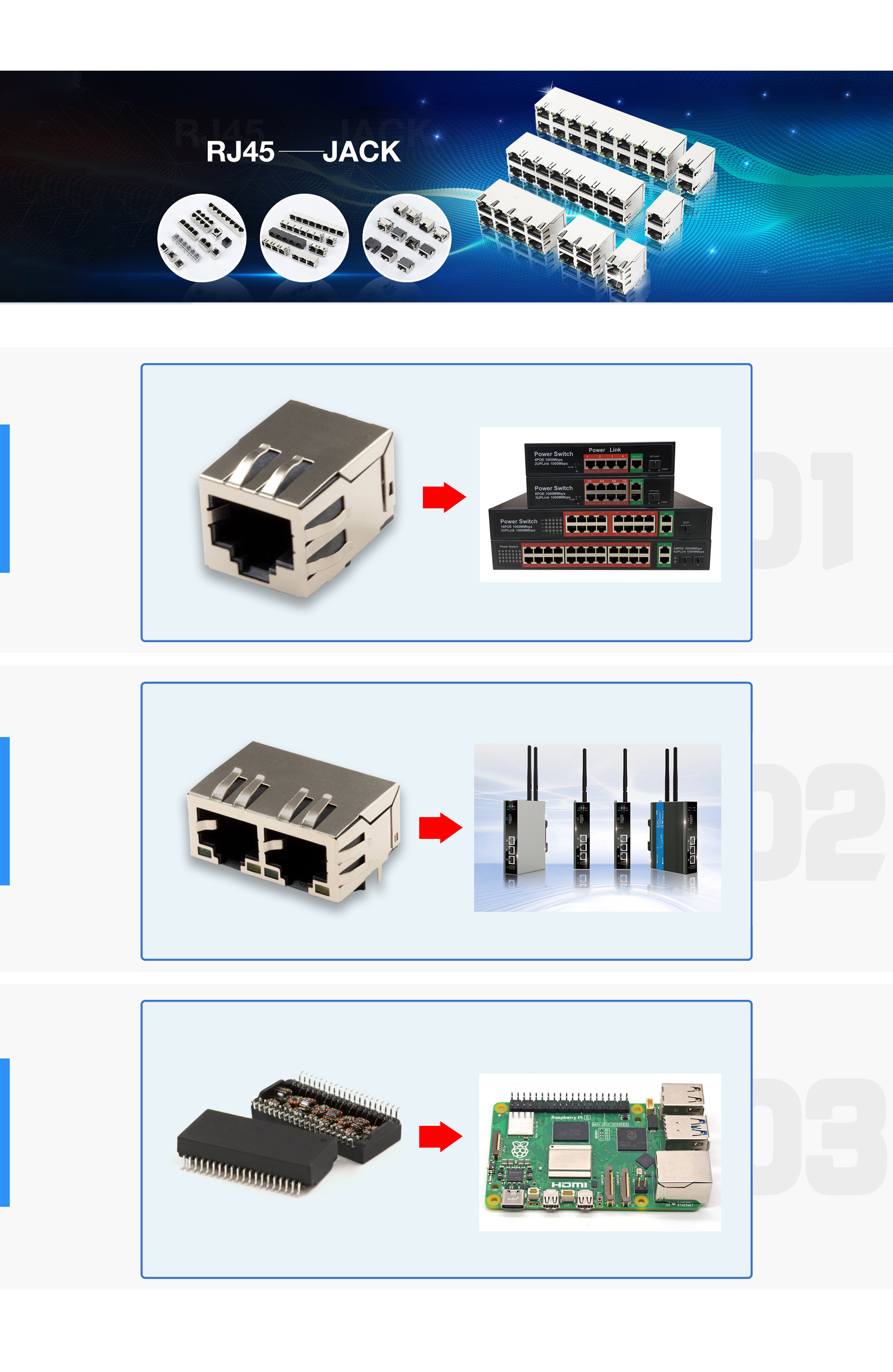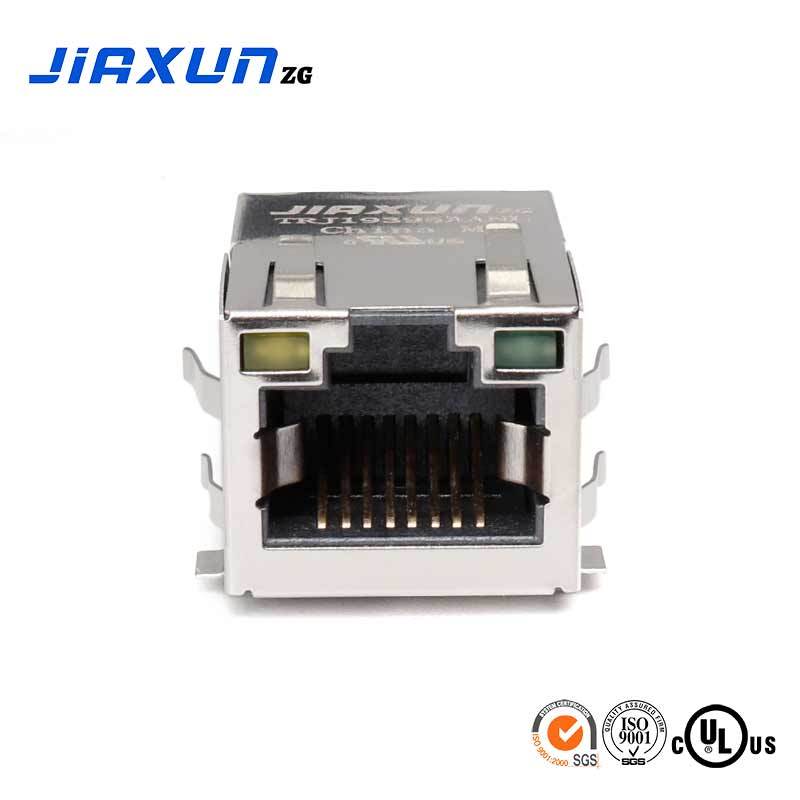27
2024
-
07
What are the types of Ethernet ports?
Author:
The following types of Ethernet ports are commonly used:
1. RJ45 port: This is the most commonly used type of port in Ethernet, and the commonly referred to network cable connection is this type of port, which is used to connect the network card.
2.SC fibre optic port: Ethernet can be used in addition to twisted-pair (copper twisted-pair) for network transmission, you can also use optical fibre (dual-core optical fibre) for transmission, optical fiber interface is the product of this transmission method.
3. MTRJ-8-pin miniature fiber optic port: This is a small fiber optic port specially designed for connecting optical fibers to the network card, and there are two common types: MTRJ-8-pin type and MTP-SC type.
4.MDI port: This is the connection between the network card and the switch (the standard of the network cable connector), it is the special case of straight-through cable (both ends are RJ45 connector), i.e., the MDI port of the network card connects to the MDI port of the switch, which is used for the cascade connection between the switches.


5.MDI-X port: This is the type of port used for the connection between the hub and the switch, and with the improvement of the performance of the switch, this type of port has been gradually eliminated now.
6.AUI port: Commonly used in networks for data communication between optical fibre cable transmission and ATM devices.
7. 10Base-F port: It is the port used for Ethernet to connect to optical fibre and supports Fast Ethernet.
8. USB port: some Ethernet devices are equipped with a USB port, such as network cards and switches. It allows the device to connect to a computer or other device via a USB cable, thus transferring Ethernet data over the USB bus.
9. mini-USB port: Also a type of USB port, it is suitable for some smaller electronic devices.
10. Bluetooth port: Some Ethernet devices (e.g. switches) support both Ethernet and Bluetooth communication, making it easy for users to switch and communicate between different types of networks.
11.wireless port: Ethernet devices also support wireless communication technologies, such as Wi-Fi and Bluetooth, allowing users to access the network without connecting cables.
There are also LC fibre optic module interfaces, which are commonly used to connect devices such as fibre optic transceivers. These Ethernet port types are widely used on a variety of Ethernet transmission media, such as twisted pair, fibre optic, and so on.
Previous Page
Previous Page
09
2025-09
How to Choose the Right Industrial-Grade RJ45 Connector? Selection Guide and Precautions
09
2025-09
RJ45 Connector Buying Guide: Why High-Quality Connectors Are the Key to Network Stability?
08
2025-09
5 Ways Integrated Magnetic RJ45 Connectors Simplify PCB Layout and Save Space
28
2025-08
Custom RJ45 Magnetic Connector: What You Need to Know About Protocol Adaptation & Size Customization
28
2025-08
Molex vs. Phoenix Contact vs. CUI: A Detailed Comparison of Magnetic RJ45 Connectors
26
2025-08
Sourcing RJ45 MagJack for IoT Devices: Why Chinese Manufacturers are a Popular Choice
26
2025-08
RJ45 MagJack vs. Standard RJ45 Jack: Which One Do You Need?
Contact Us
Factory add: NO.54. Jinhu South Road, Chenjiang Town, Zhongkai Hi-tech Zone, Huicheng District, Huizhou city, China
Telephone:0752-2099791
Office add: B901-1, Silver Star Hi-Tech Building, No. 1301 Guanguang Road, Longhua District, Shenzhen, China
Website:www.jiaxunzg.cn
Telephone:0755-81752121
Fax: 0755-81752963
Mailbox:sales1@jiaxunzg.cn
Mailbox:sales2@jiaxunzg.cn
Mailbox:sales3@jiaxunzg.cn
Copyright © 2024 Jiaxun (Huizhou) Intelligent Technology Co., Ltd. Privacy Policy






